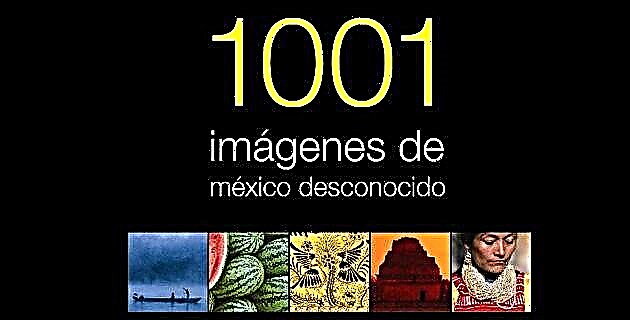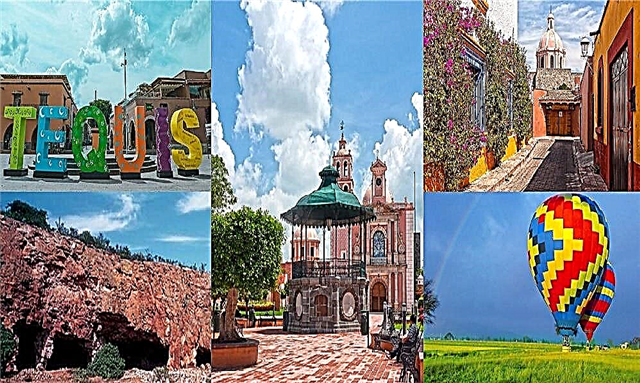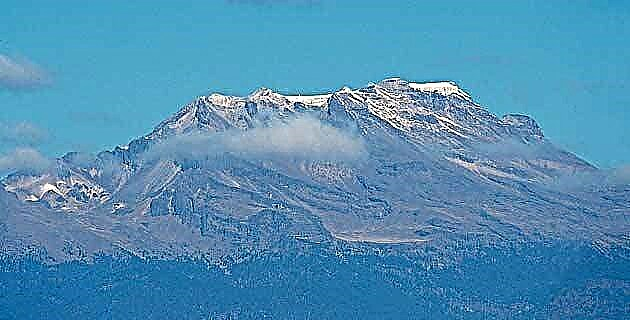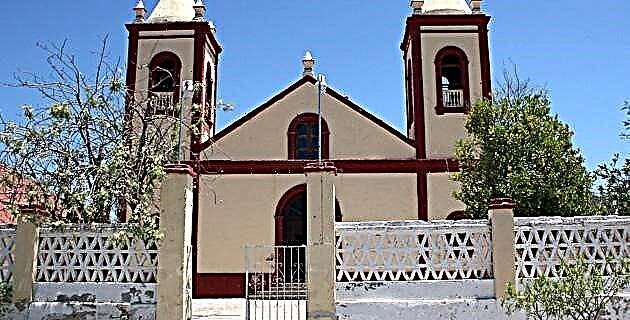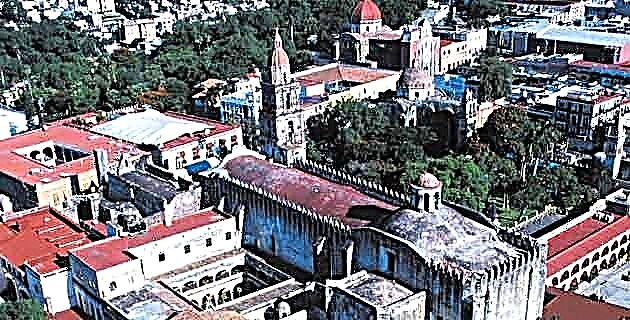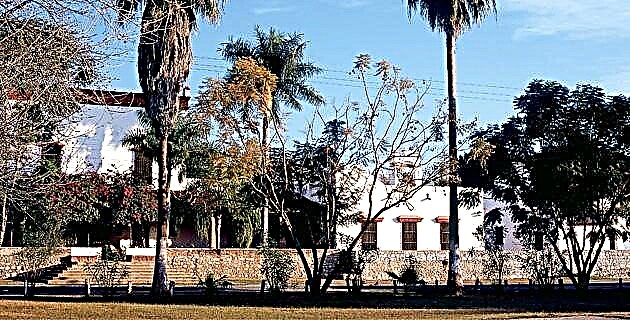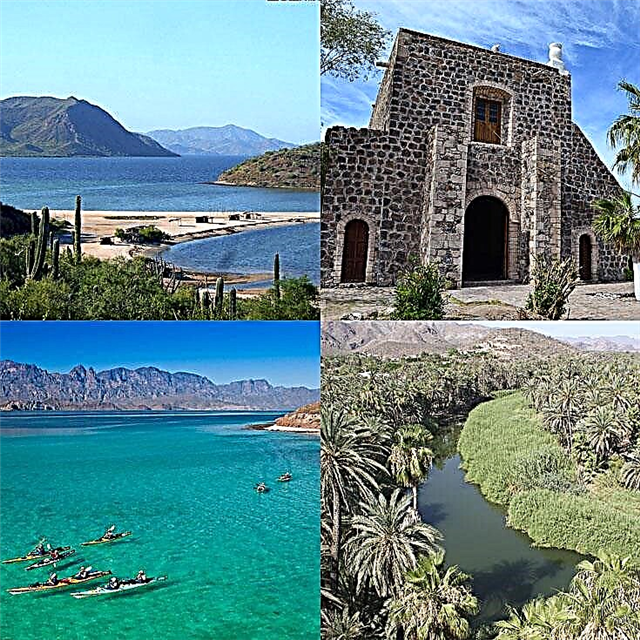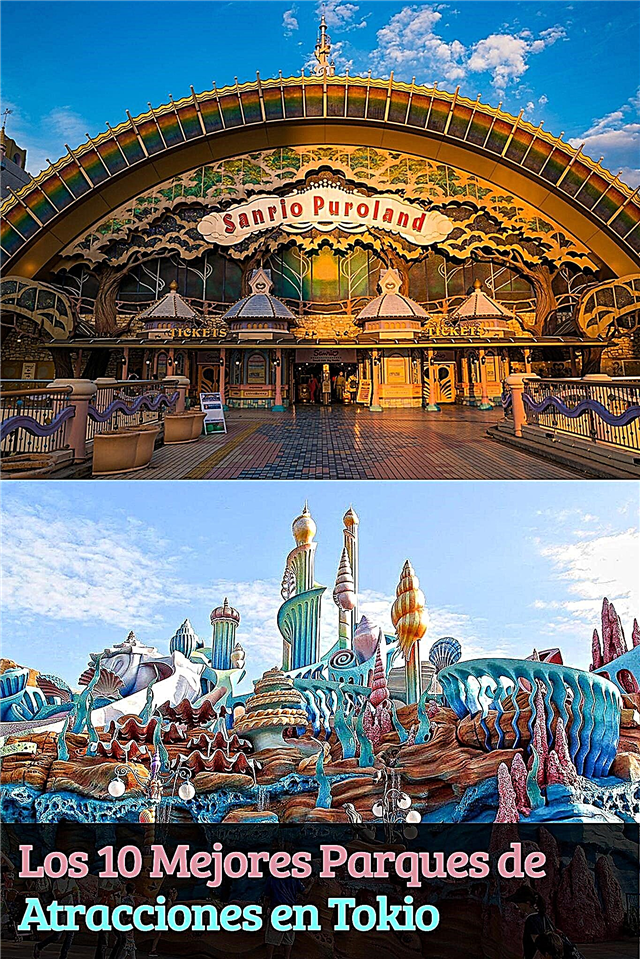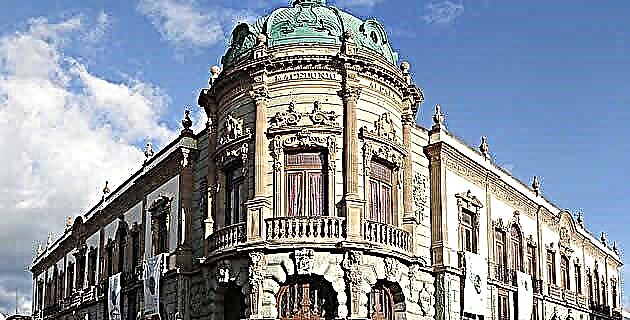
The Macedonio Alcalá Theater-Casino in Oaxaca is a magnificent example of the architecture made in Mexico during the government of General Porfirio Díaz, which spanned a little over 30 years (from 1876 to 1911, with an interruption by Manuel González [1880-1884] in the presidential term.
The economic boom of the country at that time led to an intense construction activity strongly influenced by the architectural styles in fashion in Europe (mainly in France), using the most modern methods and materials of that time: cast iron and concrete, used from from the second half of the 19th century.
The modality that includes the use of elements belonging to different architectural styles is known as eclecticism. In Oaxaca, the birthplace of General Díaz, some important buildings were built with these characteristics, such as the monumental construction formed by the Alcalá Theater and the Oaxaca Casino. The carved quarry façade, with neoclassical elements and an imperial dome of metal plates that finishes off the main angle, the Louis XV vestibule, the Casino and the great Empire-style stage, constitute a harmonious ensemble spread over an area of 1,795 m2.
When it was inaugurated, the building was divided into four main departments: lobby, hall, stage and Casino, with its party rooms, reading, billiards, card games, dominoes, chess and bar. It also had several exterior commercial premises, currently occupied by the State Newspaper Library and the Miguel Cabrera Art Gallery.
The well proportioned and elegant lobby has a white marble staircase and on the ceiling an allegory of the triumph of art, signed by Albino Mendoza. This painter and the Valencian brothers Tarazona and Trinidad Galván, great artists of their time, made the decoration of the building.
The room has five types of seats and has a capacity for 800 spectators. The area of the stage is 150 m2.
The curtain of mouth presents the painting of a Greek mythological landscape with the Parthenon and Mount Parnassus; Among the clouds you can see ApoIo's chariot pulled by four spirited horses and guided by Gloria, and around it, the nine muses, each with the attribute of their trade.
On the ceiling of the room are the images of Moliere, Calderón de Ia Barca, Juan Ruiz de Alarcón, Víctor Hugo, Shakespeare, Verdi, Racine, Beethoven and Wagner, great characters of the scenic art. The central painting of the ceiling and the lamp are not original. On August 7, 1904, Governor Emilio Pimentel placed the first stone on the right side of the main entrance door. The Theater, whose construction was in charge of the military engineer Rodolfo Franco, was lavishly inaugurated on September 5, 1909. Its original name was Teatro Casino Luis Mier y Terán, in honor of a Porfirian general who ruled Oaxaca, whose image appears in the central part of the arch of the stage. During the Revolution, he was changed to Jesús Carranza, a name he kept until 1933 when it was agreed to call him Macedonio Alcalá in memory of the author of the traditional “God Never Dies”, an authentic hymn of Oaxaca. A characteristic that makes Alcalá special is the lavish interior decoration that includes organic shapes, musical instruments, angels, pistons, scrolls, etc., distributed throughout all the rooms, masterfully manufactured with wood, plaster and papier-mâché.
Unfortunately, not all of this fantastic ornamentation is in good condition, since throughout its eighty-year existence the majestic building has served as the setting for great classical works, operas and zarzuelas, as well as vaudeville, summary trials in the Revolution, banal celebrations, school graduations, political events, boxing matches, wrestling, and it has also been used as a marquee and cinema. These diverse uses caused serious damage to various parts of the property, as well as carelessness, humidity and the destructive action of insects, birds, rodents and irresponsible people, to such an extent that the actors and the public came to be in danger.
The main arch of the forum and the moldings of the ceiling, for example, presented a serious gravitational shift capable of causing a collapse and collapse in that area, for which the Theater was closed in 1990.
The central ceiling painting in the main hall was destroyed in 1937 by a businessman who used it as a cinematograph. The furniture of the Casino has also disappeared, where in addition the doors, windows and stairs present an advanced state of deterioration.
Fortunately, although much of the decoration has been lost, in several rooms there are enough vestiges to reconstruct the ornamental systems, thanks to the fact that they obey repetitive patterns that allow their reproduction. Given the great value and artistic merit of the majestic enclosure, the salvage and conservation processes must be very careful not to affect the acoustics and other qualities.
Coordinated by the Ministry of Tourism, in 1993 actions were undertaken to save and preserve the entire building in good condition, a task in which professionals of the highest level are taking part. The technical, aesthetic and historical criteria for the realization of these works are governed by the constant preservation of the characteristics of the original materials.
The director of the works, architect Martín Ruiz Camino, affirms that the original ornaments have been respected and saved as far as possible, only changing the fragments that presented irreparable damage or that constituted a serious risk.
In some parts, for safety reasons, it was necessary to replace the papier-mâché with fiberglass and polyester, taking the molds from the original parts.
Another very interesting aspect is the restoration of the dome that finishes off the main angle of the facades and gives the property a great plastic character and architectural dignity. This dome is structured with plates of galvanized sheet in the shape of scales, held together by cuts of the same material and complementary rivets supported on iron frames with steel tensioners. The facades, which have excellent sculptures, were also restored, consolidating and replacing the stone fragments weakened by the action of environmental factors.
The exterior surface of the roofs of the building was completely renovated, as well as the electrical installation of the room and the hydraulic and sanitary systems. Likewise, floors and paint, the cyclorama, curtains, curtains and mechanics of the forum were repaired; new carpet was put on and curtains were placed in the room. Finally, to prevent further damage, a large part of the waste was dislodged, leaving the building ventilated and clean. After spending several years focused and carried out the aforementioned works, the Alcalá Theater opens its doors to the public again. The priority works necessary for the Theater to function safely have been completed, but much remains to be done.
The original area of the Casino (occupied for many years by a union) is currently in ruins, awaiting urgent restoration. Once rescued, this space can be used for a theater museum in Oaxaca or a teaching center with music, video, conference rooms, a library, a library and a cafeteria. The comprehensive restoration of the Macedonio Alcalá Theater-Casino represents a work of great magnitude for the community. Only with the union of all social sectors will it be possible to carry out a project to recover their cultural spaces for the development of performing art and healthy recreation for Oaxacan families and visitors. Citizens committed to safeguarding this valuable property have already taken the first steps: they have formed a patronage to support the project, several companies have collaborated with resources, renowned artists have contributed their work and the State Government has provided material resources and resources. humans.
The Macedonio Alcalá Theater-Casino of Oaxaca is a monumental work in which the harmonic interaction of the performing arts, poetry, music, dance, painting and sculpture is manifested, gathered in a representative architecture of Porfirismo in the city where General Díaz was born. , main protagonist of the history of Mexico in his time.
Source: Mexico in Time No. 5 February-March 1995

